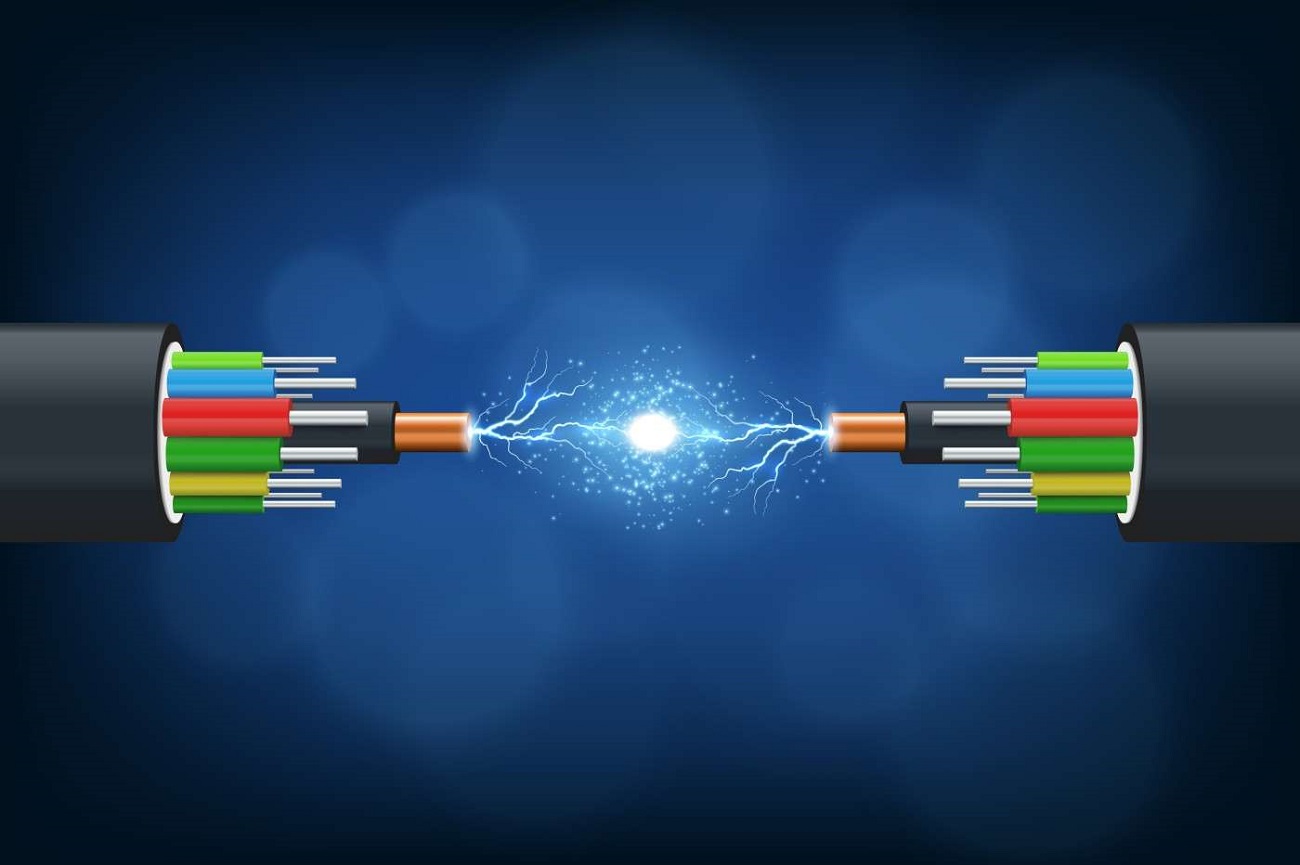Fiber optic technology represents a pivotal milestone in the evolution of data transmission, heralding an era of unparalleled connectivity and efficiency. Its seamless operation, propelled by the transmission of data through light pulses, offers an impressive array of applications across multifaceted industries. From telecommunications to healthcare, manufacturing, and beyond, the adaptability of fiber optic technology redefines the boundaries of what’s possible in data transmission and communication.
Understanding the Essence of Fiber Optic Technology
Fiber optic technology operates on the principle of transmitting data through thin, flexible strands of glass or plastic known as optical fibers. These fibers carry information in the form of light pulses, allowing data to be transmitted at incredible speeds over long distances.
Optical Fiber Structure
At its core, an optical fiber comprises two key elements, the core and the cladding. The core acts as the pathway for light transmission, surrounded by the cladding, which reflects light back into the core, ensuring that the light pulses remain confined within the fiber.
Modes of Light Transmission
Fiber optics operate in two primary modes, multimode and single mode. Multimode fibers facilitate the simultaneous transmission of multiple light modes, suited for shorter distances. Conversely, single mode fibers allow only a single mode of light, ensuring efficient transmission over long distances due to reduced signal dispersion.
Components of the System
Fiber optic systems encompass essential components like the light source and the photodetector. The light source, typically a laser or LED, generates light pulses encoding data for transmission. At the receiving end, the photodetector captures incoming light signals, converting them back into electrical signals to retrieve the transmitted data.
Exploring the Features and Advantages
- High-Speed Data Transmission: Fiber optic cables facilitate rapid data transmission by utilizing light signals, surpassing the limitations of conventional wired systems. This technology ensures swift and seamless data transfer, making it ideal for applications requiring real-time communication and large data volumes.
- Immunity to Electromagnetic Interference: Unlike copper wiring, fiber optic cables are impervious to electromagnetic interference, providing an uninterrupted and secure data transmission environment. This immunity is particularly advantageous in environments with high electromagnetic interference, such as industrial settings.
- Greater Bandwidth Capacity: Fiber optic technology offers an extensive bandwidth capacity, enabling the transmission of large volumes of data without compromising speed or quality. This makes it highly suitable for high-demand applications like video streaming, cloud computing, and data centers.
Applications Across Diverse Industries
- Telecommunications: In the telecommunications sector, fiber optic technology forms the backbone of high-speed internet connectivity, enabling faster browsing speeds, improved call quality, and enhanced video conferencing experiences.
- Healthcare: Fiber optic systems are revolutionizing healthcare by facilitating high-resolution imaging, telemedicine services, and swift transfer of medical data between facilities, contributing to more efficient patient care.
- Industrial and Manufacturing: Industries rely on fiber optic technology for secure and reliable data transfer in automated processes, monitoring systems, and control networks, ensuring seamless operations in manufacturing units and industrial plants.
- Military and Aerospace: In the military and aerospace sectors, the lightweight and secure nature of fiber optic systems play a crucial role in communication, surveillance, and data transmission across various defense applications.
Conclusion
Fiber optic technology stands as a pinnacle of innovation, revolutionizing the way data is transmitted across diverse sectors. Its unparalleled speed, reliability, and capacity have redefined communication standards, offering a promising future for industries reliant on robust and efficient data transmission.

